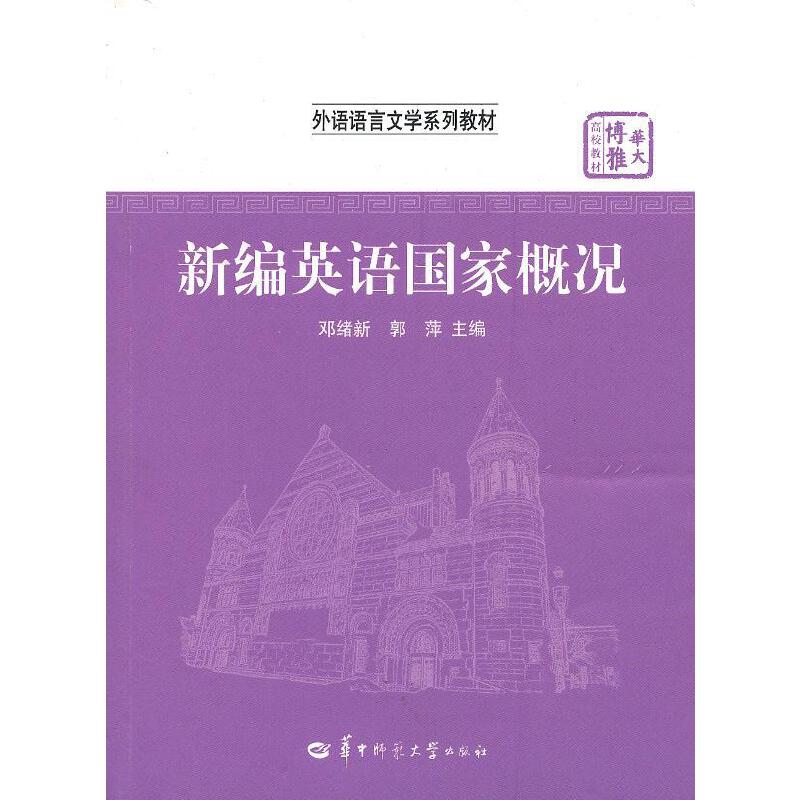- 知识产权出版社
- 9787513010900
- 1版
- 175914
- 0043155359-3
- 平装
- 16开
- 2012年3月
- 406
- 240
- H319.3
- 英语
- 研究生
Chapter One Theories on Language Teaching
1.1 Theories on Language Teaching
1.2 Krashen’s Theory on Language Acquisition
1.3 Role of Mother Tongue in Second Language Acquisition
1.4 Conclusion
Chapter Two Brief History of Language Teaching
2.1 The Influence of Greek Education
2.2 Struggle between Traditional and Progressive Approaches
2.3 The Figures Who Influenced Language Teaching
2.4 The Relationship between English and Other Languages
2.5 Conclusion
Chapter Three Classroom Management
3.1 Classroom Management
3.2 Teachers’Role
3.3 Lesson Planning
3.4 Class Atmosphere
3.5 Large EFL Classes
3.6 Conclusion
Chapter Four Listening and Speaking Instruction
4.1 Introduction to Listening
4.2 Principles of Listening Teaching
4.3 Listening Instruction in the Classroom
4.4 An Example of Listening Instruction
4.5 Introduction to Speaking
4.6 Principles for Teaching Speaking
4.7 Classroom Activities
4.8 Examples of Speaking Activities
4.9 Conclusion
Chapter Five Reading Instruction
5.1 Introduction to Reading
5.2 Principles of Reading Instruction
5.3 Reading Instruction in the Classroom
5.4 An Example of Reading Instruction
5.5 Conclusion
Chapter Six Writing Instruction
6.1 Introduction to Writing
6.2 Principles of Writing Instruction
6.3 Writing Instruction in the Classroom
6.4 An Example of Writing Instruction
6.5 Conclusion
Chapter Seven Pronunciation Teaching
7.1 Introduction to English Pronunciation Teaching and Learning
7.2 Types of Pronunciation Errors in China
7.3 Tentative Explanations for Students?Pronunciation Errors
7.4 Several Ways to Teach Pronunciation
7.5 Suggestions for English Pronunciation Teaching and Learning
7.6 The Future of Pronunciation Teaching
7.7 Conclusion
Chapter Eight Vocabulary Teaching and Learning
8.1 Introduction: Vocabulary Teaching and Learning in Its Current State
8.2 What Needs to Be Taught and Learned
8.3 How Should Vocabulary Teaching and Learning Occur
8.4 Conclusion
Chapter Nine Grammar Teaching
9.1 The Role of Grammar in Language Teaching
9.2 What Can Learners Learn about Grammar
9.3 What Can Teachers Teach about Grammar
9.4 Conclusion
Chapter Ten Integrating Skills
10.1 Why Should the Skills Need to Be Integrated
10.2 Basic Forms of Integrating Skills
10.3 Integration-Oriented Language Teaching Approaches
10.4 Conclusion
Chapter Eleven Observation of Teacher Talk
11.1 Definition of Teacher Talk
11.2 Types of the IRF Model
11.3 Analysis of Teacher Talk
11.4 Questioning and Its Pragmatic Function
11.5 Evaluating and Its Pragmatic Function
11.6 Teacher’s Voice
11.7 Conclusion
Chapter Twelve Foreign Language Teacher Education
12.1 Conceptual Foundation of Foreign Language Teacher Education
12.2 An Important Paradigm in Teacher Development?Critical Reflection
12.3 Some Current Approaches to Professional Development for Foreign Language Teachers
12.4 Activities and Procedures for Teacher Preparation of Classes
12.5 Teacher Supervision
12.6 Conclusion
Chapter Thirteen History of Foreign Language Teaching at Home and Abroad
13.1 Historical Development of Foreign Language Teaching in China
13.2 Language Teaching at Present
13.3 Overall Developmental History of Foreign Language Teaching in the World
13.4 Conclusion
Chapter Fourteen Main Genres of Language Teaching Methods
14.1 Main Language Teaching Methods
14.2 Conclusion
References









